
Trying something new can always feel daunting, but sometimes all we need to do is take our first step and it opens up a whole new world. This guide to Qigong for beginners should answer all the questions and doubts you have about taking that first step.
Have a read through the frequently asked questions and then, most importantly, just give a it a go!
Let us know how you get on!
What is Qigong?
Qigong (pronounced chi gong) is a Chinese healing practice drawing from Taoist tradition. It was developed in China thousands of years ago and is one of the pillars of Chinese medicine. Qigong combines posture, movement, breathing and focussed intent. It is a subtle, gentle practice of moving and balancing your Qi (life energy).
Qigong is made up of various exercises that optimise the energy in the body, mind and soul, with the intention to maintain and enhance health and wellbeing, without depleting us of energy.
Regularly practicing Qigong has psychological and physical benefits.
In Qigong:
- The movements are soft, circular, and smooth, to relax the body
- You focus your attention and practice visualisation to regulate the mind
- The breathing is slow, long, yet natural.
- You can practice dynamic (whole body movements) or meditative (maintaining a posture and focusing on mind and breath) techniques.
Want to find out more about Qigong? Read here.
Read more about yoga for stress and anxiety in this complete guide
Qigong for Beginners: What does Qigong mean?
The word Qigong literally means energy cultivation.
The Qi refers to the vital energy we are made up of. The ancient Chinese see the human as the microcosm of the macrocosm. We are part of nature and as such our vital energy is made up of the five elements found in nature: Earth, Metal, water, Wood and Fire.
The properties of the elements can be determined by the balance of Yin and Yang and each element can correspond to an organ, meridian system, a season, colour, emotion, sound and smell.
If our vital energy/Qi is out of balance then there can be a deficiency or excess of energy, or there could be stagnation and lack of flow. Different Qigong forms can offer ways to come into harmony with nature and to balance your energy flow and vitality.
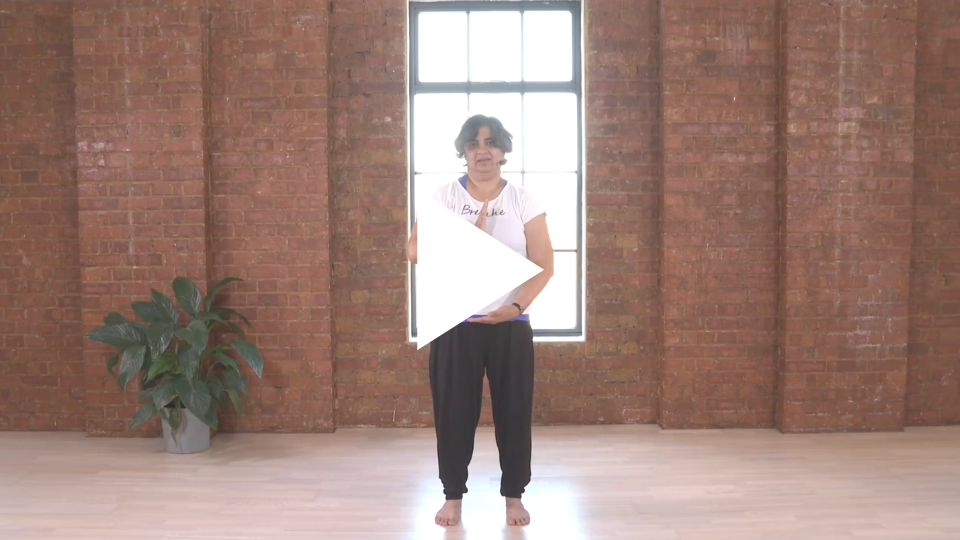
Can I do Qigong if I am a beginner?
YES – Qigong is a great practice if you’re a beginner. Qigong is gentle for the body and is very calming for the body and mind.
Generally Qigong is done standing, which is appealing if getting up and down off a yoga mat, or weight baring on the hands is difficult. That being said, the practice of standing can be deceivingly difficult! Standing for long periods of time can be hard, and the strength to stand for longer periods develops over time and through practice.
Qigong can be modified for beginners, or anyone less able bodied, and practiced in a chair, so all the movements can be done both standing and sitting. This makes it a practice that can be done by all levels and is suitable for most bodies.
Qigong for Beginners: Where should I start?
When starting Qigong (or any movement practice), start small and go easy on yourself! On Movement for Modern Life there are some great Qigong classes for beginners that are around 15-20 minutes and introduce some of the basic Qigong movements.
Three Qigong teachers you can try are:
Try this series (Moving Meditation: Qigong Basics) with Mimi Kuo Deemer which introduces the basics of Qigong in three classes.
Qigong for Beginners: Do I need any equipment to start Qigong?
No equipment at all! Just an open mind and a curiosity!
I’m older and have less movement, is Qigong good for seniors?
Because of its gentle and soothing nature, Qigong is an excellent form of movement for Seniors and people with less range of movement.
As we said above, anyone can do Qigong! It is also especially good for improving balance and improving mobility, two things that are vital as we get older.
Studies have shown that older adults with chronic diseases have improved their quality of life through regularly practicing Qigong. Added to this, older adults with depressive symptoms also reported that Qigong helped to improve their physical ability but also their mental health and ability to function day to day.
Qigong for Beginners: How do I breathe in Qigong?
Breathing in yoga and Qigong can be the part that confuses many people. It’s really simple but can take a while to get your head around.
In Qigong the idea is to breath first into the belly and then the chest. It is also preferable, when possible, to breathe through your nose.
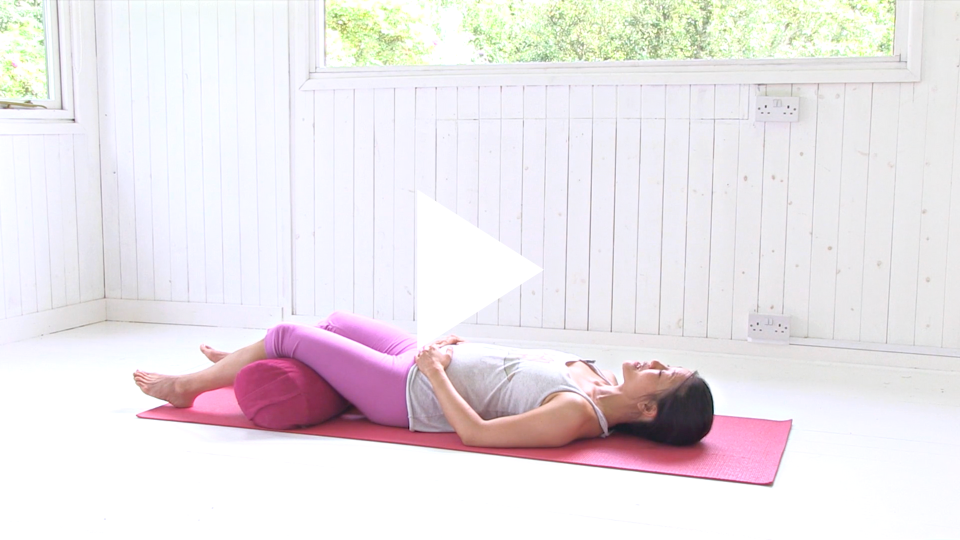
Try Qigong breathing in this video with Mimi – Qigong Breathing
Mimi introduces 5 types of breathing, finishing with Embryonic Respiration. These breathing practices strengthen our internal organs, and can have a powerful affect on digestion and respiration, menstruation, fatigue and heart disease.
The qualities to look for with the breath are, slow, long, deep, even, and tranquil
Most importantly, do not force the breath, nor feel frustration. Simply begin with breath observation and move step by step towards a deeper and more relaxed breath.
What is the difference between Qigong and Tai Chi?
Tai Chi is a martial arts (one of the 3 main internal martial arts) and the Chi of Tai Chi is different to the Qi of Qigong.
Tai Chi means great polarity and Qigong means energy merit or accomplishment
Qigong is a broad term used to describe 1000 of years of chinese movement, meditation, and breathing practices. It includes Tai Chi and other internal marital arts practices. Tai chi is just one of the many forms of qigong exercises that were developed in China. Other forms of qigong include Baduanjin, Liuzijue, Hu Yue Xian, Yijin Jing, and medical qigong.
Tai Chi is more of a ‘martial’ form of movement with health benefits, whereas Qigong is primarily practiced as a medical support for people’s wellbeing.

Try this Gentle Qigong Class with Mimi
I am perimenopausal, can Qigong help me?
Qigong comes from the lineage of Chinese Medicine and in Traditional Chinese Medicine(TCM), menopause is called the ‘Second Spring’ in a woman’s life. It represents the renewal of energy and of new opportunities. There is a shift from a womens role being about creation and fertility to nourishing herself.
Qiging is an energy balancing practice which helps to gently cultivate energy through soft movement and breath. This makes Qigong a wonderful practice for women going through the physical and emotional challenges of perimenopause and menopause. Qigong is a wonderful practice whilst going through physical and emotional challenges of menopause.
Try the Qigong Balance Series to find structural, energetic and emotional balance and use these as tools to build standing strength and stability in your body. Also take these tools into your life as you move through changes and challenges. Read more about yoga and qigong in menopause or sign up for the Menopause for Modern life Course
I’m in pain. Can Qigong help me?
Whilst there have been some small studies on this, there needs to be further funding to enable more data to be collected. Having said that, some small studies from 2018 and 2019 showed that after practicing Qigong there was reduced pain in older adults (160 participants), neck pain (525 participants), and musculoskeletal pain in people 15 to 80 years old (1,787 participants).
Another review in 2020 found that qigong improved pain, stiffness, and physical function.
For sure the full benefits and effects of Qigong and Tai Chi will likely become clearer in the future as more research is undertaken.
For many reasons Qigong is popular for people who have limited mobility or chronic pain:
- Soft mindful movement
- It is done mostly standing so doesn’t involve weight bearing on the hands and arms
- It can be modified and practiced seated
- The idea is to promote health and vitality without stressing the body
- It is a form of movement medicine
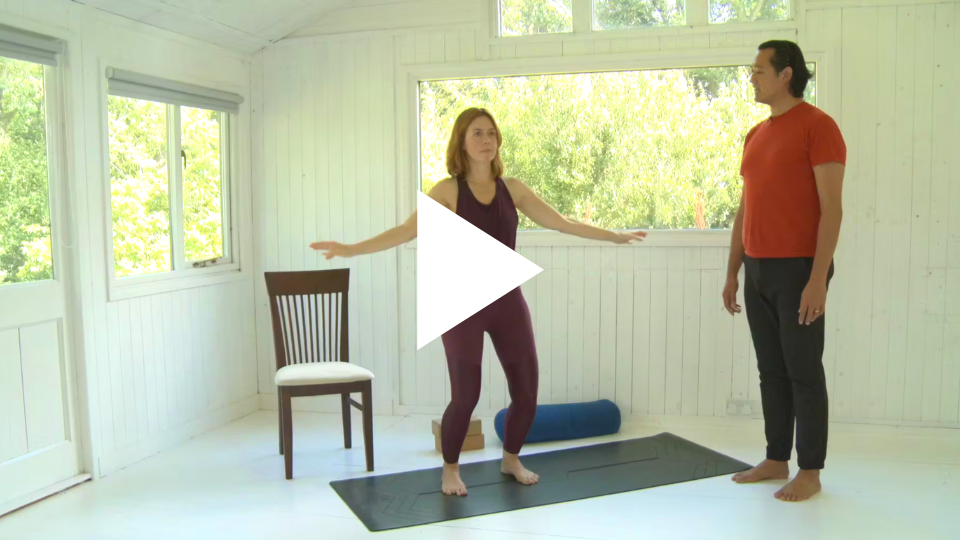
What about emotional pain?
There is a Qigong for healing heartbreak course, created for Kat (founder of MFML). Read more about Kat’s journey through heart break and how Qigong helped her.
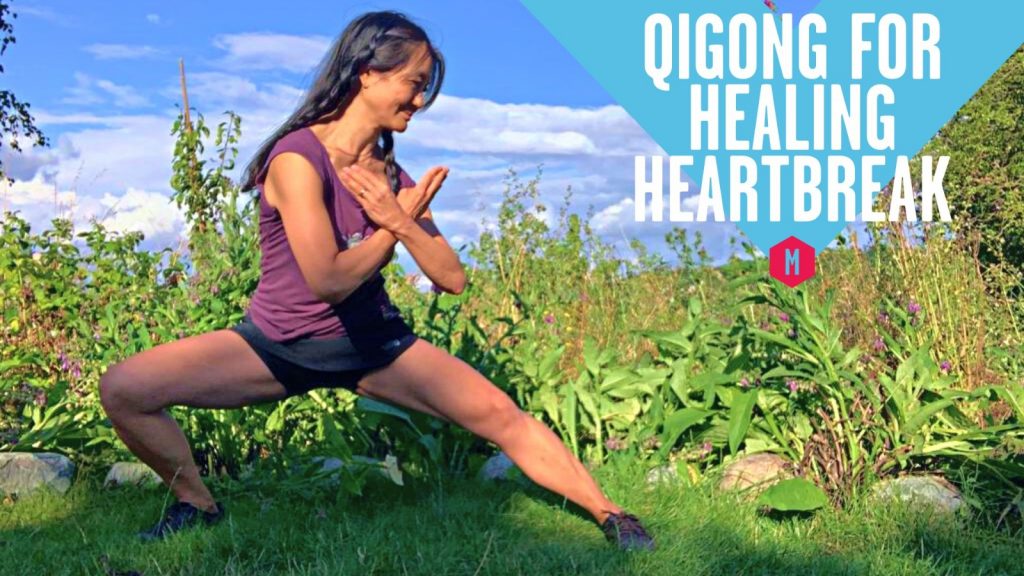
Try the ‘Qigong for Healing Heartbreak Course’ with Mimi Kuo-Deemer on Movement for Modern Life
I find Qigong slow and boring, why should I bother?
Because Qigong is a slow practice, it is true some people may start out feeling frustrated, bored or even awkward. This is totally normal!
Many other exercise and movement practices are faster and more stimulating than Qigong. Whilst these are beneficial and a great way to burn energy, they can also serve as ways to further stress and stimulate an already stressed system.
In a busy world it can be confronting to slow down.
Some might assume the frustration and awkwardness is from the practice itself, but it can more likely be what the practice is revealing to us. It can be empowering to realise the impatience with moving slowly is an avoidance of being here and now. It is then in our control whether we blame the practice for our feelings or if we choose to explore the feelings and become curious about how it feels to slow down and be still.
By practising movement slowly, like Qigong, we savour and feel deeper into the gifts of the present moment. We release the idea of an end goal or anything to achieve and we simply are here experiencing, focusing and sensitising ourselves to each breath and movement.
This awareness makes Qigong anything but boring!
Read more in Yoga for Stress and Anxiety: A Complete Guide
Is Qigong better than yoga?
It offers a wonderful complement to yoga with soft, circular movements in contrast to yoga’s more linear shapes and strong holds.
It is also mostly done standing whereas a lot of modern yoga is practised with movements on the hands and knees which can be taxing for the body. This makes it a good alternative for people with mobility and strength restrictions.
No movement is better than another, but Qigong might be a better practice for your body in this moment. Try a class and see how you get on!
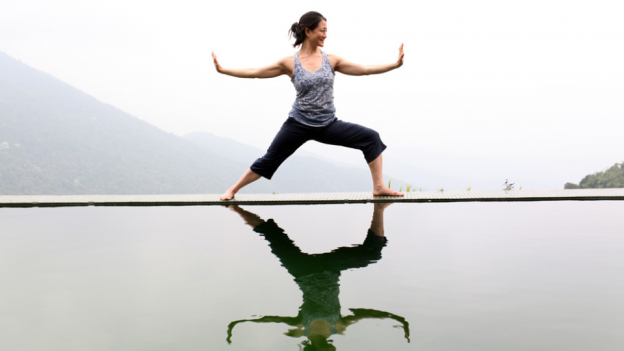








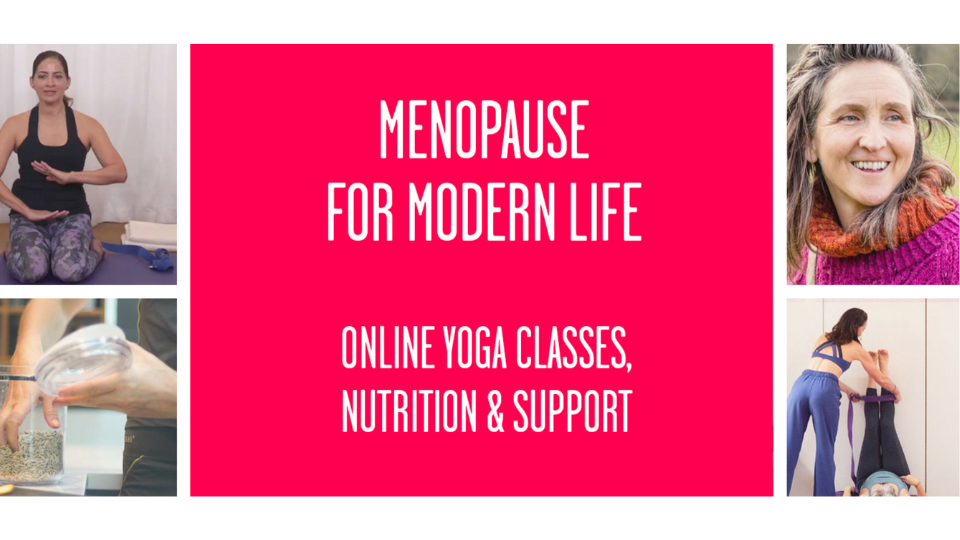
Motivation is needed in my case and I think this is the answer
Yes Qigong is rather wonderful. Give it a try and let us know how you get on?
Good luck!